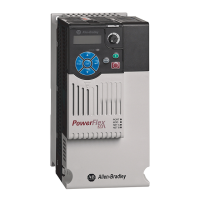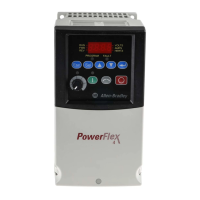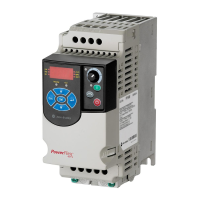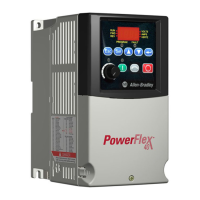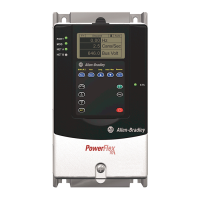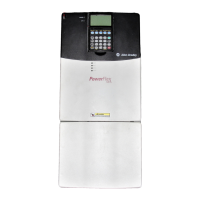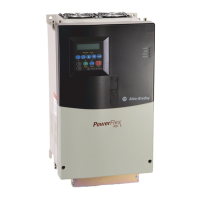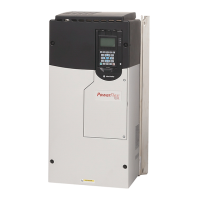314 Rockwell Automation Publication MOTION-UM003K-EN-P - January 2019
Appendix B Out of Box Configuration for PowerFlex Drives
S-curve Velocity Profile
S-curve velocity profiles are most often used when the stress on the mechanical
system and load must be minimized. The acceleration and deceleration time is
balanced against the machine stress with two additional parameters,
acceleration jerk and deceleration jerk.
The acceleration profile can be set to almost pure rectangular, see Trap e z oi d al
Accel/Decel Time on page 313 (fastest and highest stress), or to triangular, see
Programmable S-curve Accel/Decel Time, Acceleration Jerk = 60% of Time
on page 315 (slowest, lowest stress), dependent on the Jerk settings.
The typical acceleration profile is a trade-off between stress and speed, as
shown in S-curve Accel/Decel Time, Backward Compatibility Setting:
Acceleration Jerk = 100% of Time on page 316.
Either you specify the Jerk (either in Units/sec
3
or as a percentage of
maximum) or it is calculated from the percentage of time. (Percentage of time
is equal to the percentage of ramp time in the acceleration/deceleration
profile).
Backward Compatibility
The Jerk of 100% of time produces triangular acceleration and deceleration
profiles. These profiles are ones that would have been previously produced as
shown in S-curve Accel/Decel Time, Backward Compatibility Setting:
Acceleration Jerk = 100% of Time on page 316.
j
a
[EU/s
3
] =
a
max
2
[EU/s
2
]
v
max
[EU/s]
200
j
a
[% of time]
()
- 1
j
a
[EU/s
3
] =
d
max
2
[EU/s
2
]
v
max
[EU/s]
200
j
a
[% of time]
()
- 1

